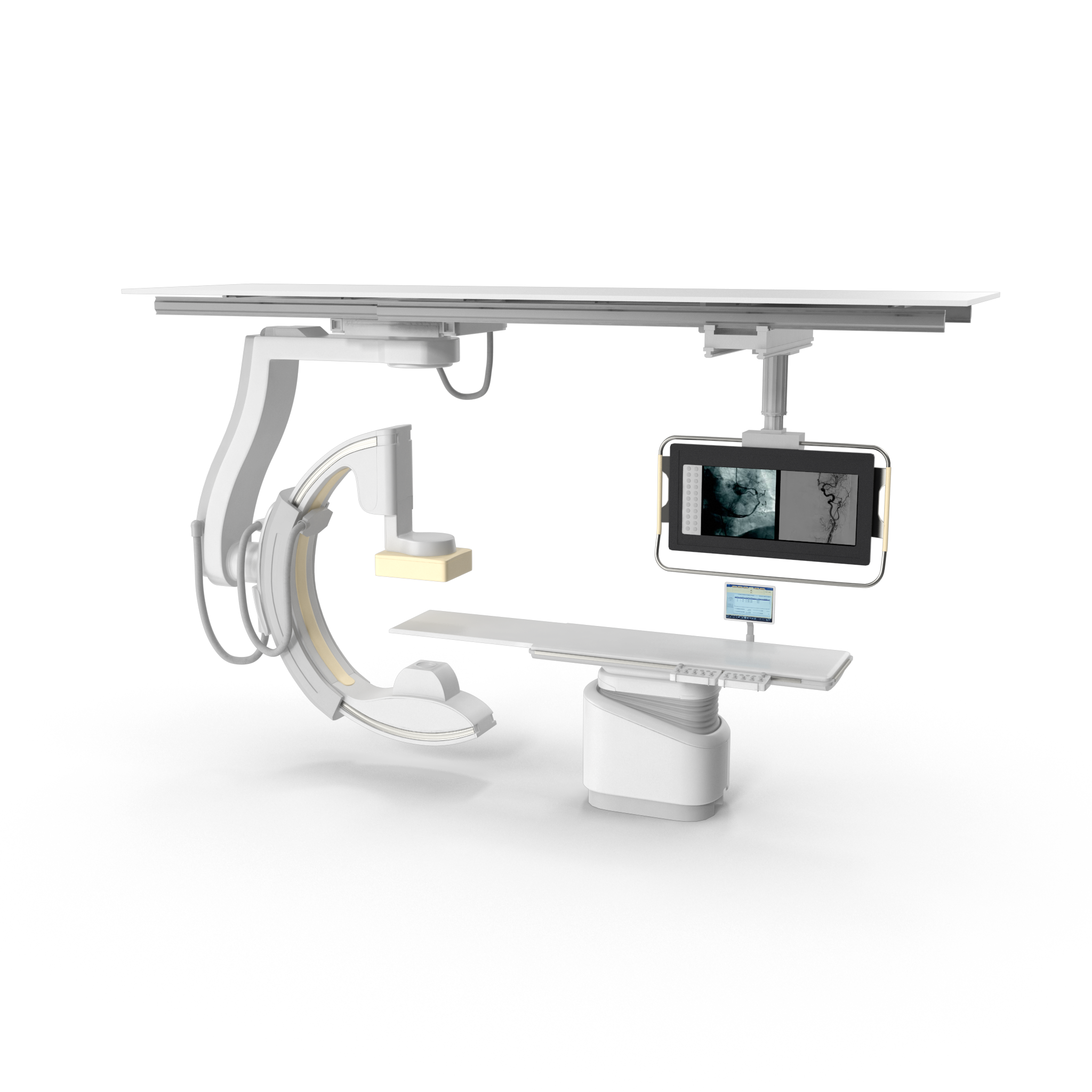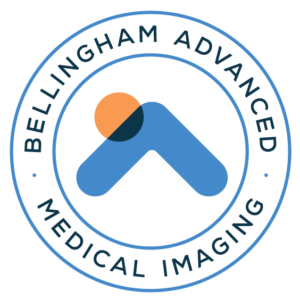X-Ray Imaging Services | Bellingham, WA
One of the most common medical imaging exams at Bellingham Advanced Medical Imaging is X-ray. Painless and fairly quick, X-rays give you and your health care provider a look inside your body. You’ve likely had X-rays of your teeth at the dentist. Body X-rays are very similar.
X-rays are a simple, non-invasive, and quick way to get a look inside your body. They can help your X-ray clinic’s radiologist spot broken bones, foreign objects, and even diseases in certain parts of your body.
What is an X-Ray? How do X-rays work?
X-rays use a tiny bit of radiation to provide images of inside your body. As the radiation passes through your body, denser tissue (like bones) blocks the radiation, while softer tissue (like skin) does not. A digital X-ray sensor captures the X-rays that pass through, leaving an image that can show bone fractures, foreign objects, organ abnormalities, and more.

Even though you’ve heard radiation is dangerous, rest easy. Medical imaging X-ray uses tiny amounts of radiation, similar to levels we all experience from the sun and natural substances in the ground. In fact, most X-rays have lower radiation levels than a cross-country airplane flight. Because the levels are so low, the benefits most often outweigh the risk. So, no, there’s no need to worry when getting a chest X-ray or having it done on other, sensitive areas of the body.
Because fetal cells are dividing at such a rapid rate, fetuses may be more susceptible to radiation than you are. Be sure to let us know if you’re pregnant. We will talk with you about your options and work to add shielding for your abdominal area if you need X-ray imaging.
What to expect during your X-ray
When your provider refers you for an X-ray at Bellingham Advanced Medical Imaging, you can be seen on a walk-in basis.
We recommend you leave valuables, including jewelry, at home—plan to arrive a few minutes before your appointment so we can go over any questions you have.
Depending on which part of your body needs to be X-rayed, you may need to change into a gown, which we will provide. Whenever possible, we let you stay in your own clothes.
You may also need to remove body jewelry if it’s near the part of your body we need to X-ray.
Our technologist will help you get positioned for your X-ray. Then they’ll move the X-ray machine into the right position for the X-ray you need.
If more than one image is needed, your technologist may help you reposition for a different angle. Let us know if we can help make you more comfortable as we get you in place. You won’t be able to feel the X-ray itself.
What is fluoroscopy, and how does it work?
While standard X-ray takes photos, fluoroscopy gives you and your doctor an X-ray video of what’s going on inside you.
Fluoroscopy can be used to find diseases in the gastrointestinal tract — like your throat, stomach, and intestines — by drinking a special oral contrast that can be seen with X-rays. It can also help guide injections into your joints, called arthrography.
One type of fluoroscopy, called a hysterosalpingogram, produces a detailed image of your uterus and fallopian tubes. This can identify blockages in the fallopian tubes, usually due to scarring, which may make it difficult for patients to become pregnant.
Before fluoroscopy, you may have to eat or drink differently. We’ll let you know any instructions before your appointment.
If your scan uses contrast — a type of dye swallowed or given intravenously — you may be scheduled to arrive well before your actual fluoroscopy imaging so your body has time to process the contrast before this specialized X-ray begins.
After your fluoroscopy, the contrast will pass harmlessly through your body in a day or so.
As with X-rays, be sure to let your prescribing doctor, as well as our staff, know if you are or might be pregnant or have any medical conditions that might be impacted by fasting before your appointment.
If you’re scheduled to have contrast included in your fluoroscopy visit, we’ll need to know if you’ve ever had a reaction to contrast or have a sensitivity to iodine.
After your X-ray
Your X-ray films will be reviewed by a Bellingham Advanced Medical Imaging radiologist specially trained to interpret your results.
Your radiologist will write a report and send the information back to your primary care physician or the health care provider who referred you for an X-ray. That way, your provider can follow up with you about any treatment you may need or any further images.
Whatever brings you to Bellingham Advanced Medical Imaging for an X-ray, please know we are here to answer your questions and do anything we can to help your imaging exam be comfortable and as easy as possible for you.
At any point during this process, you’re welcome to contact the X-Ray team at Bellingham Advanced Medical Imaging in Bellingham, WA at (360) 255-6330 with any questions or concerns you have.

